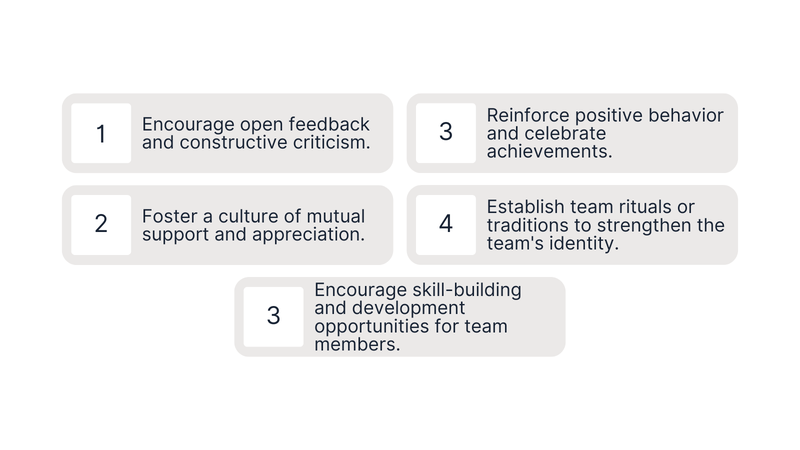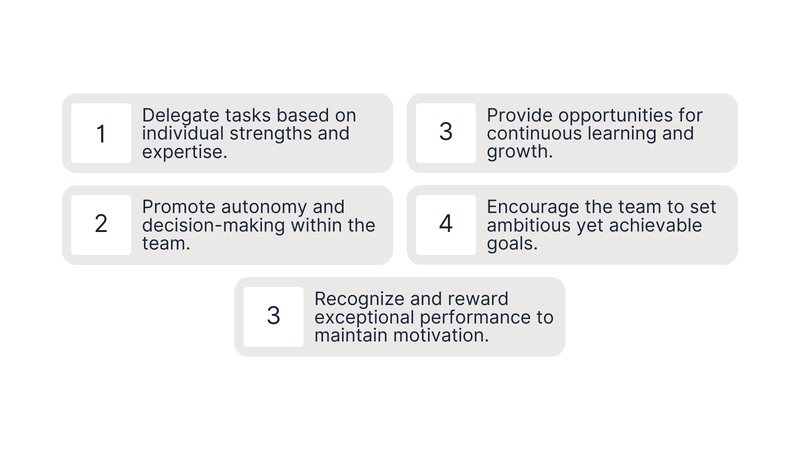Developing Teams Through Tuckman's Stages of Group Development: A Guide to Success

- admin
- July 24, 2023
Building a successful team is essential to the success of any collaborative project. Building and maintaining a cohesive team can be a difficult endeavor. American psychologist Bruce W. Tuckman developed the idea of group development in 1965 and later added a fifth stage in 1977 to better explain the dynamics of team development. His theory, also referred to as Tuckman's stages of group growth, describes how teams naturally develop from the time they are formed until they achieve their optimum effectiveness. This article explores each stage in depth and provides guidance on how teams can successfully manage their growth journey.
Forming
Members of a team gather and get to know one another in the early stages of team development. They can be uncertain of their tasks, positions, or the team's overall objectives. Team members usually demonstrate respect, and caution during this phase. At this point, the team's direction and leadership are essential for defining individual roles, creating guidelines, and setting clear goals. To effectively advance to the next step, the team needs to develop a sense of trust and camaraderie.
Guidelines for the Forming phase:

Storming
Individual differences and viewpoints emerge as the team begins to work together, resulting in power struggles and disputes. Although difficult, this phase is necessary for the team to solve problems and develop a leadership hierarchy. The secret is to resolve disputes amicably while promoting open communication and discovering points of agreement. By doing this, the group will be able to overcome challenges and advance toward improved cohesion.
Guidelines for the Storming phase:

Norming
The team starts to build its rhythm and set norms and standards for cooperating during the Norming stage. As mutual respect and trust grow, improved teamwork and a spirit of camaraderie follow. As roles and responsibilities become more apparent, the team begins to recognize one other's talents and skills. This phase is essential for laying a solid foundation that encourages teamwork and prepares the ground for improved performance.
Guidelines for the Norming phase:

Performing
The team performs at its best during the performing stage. Members cooperate and coordinate their efforts to accomplish shared objectives. The team members take ownership of their roles, becoming highly effective and self-directed. As effective communication becomes second nature, the team is better equipped to respond rapidly to changing conditions.
Guidelines for the Performing phase:

Adjourning on (or Mourning)
The fifth stage, developed by Tuckman in 1977, emphasizes the concept of team dissolution. Not every team is built to last forever. When the team's goal has been achieved and its members have moved on to new projects, it enters the adjourning stage. Team members may feel a feeling of loss as well as satisfaction in their achievements during this stage, which can cause conflicting emotions. Acknowledging the team's achievements and providing closure is crucial to facilitate a smooth transition for everyone involved.
Guidelines for the Adjourning phase:


